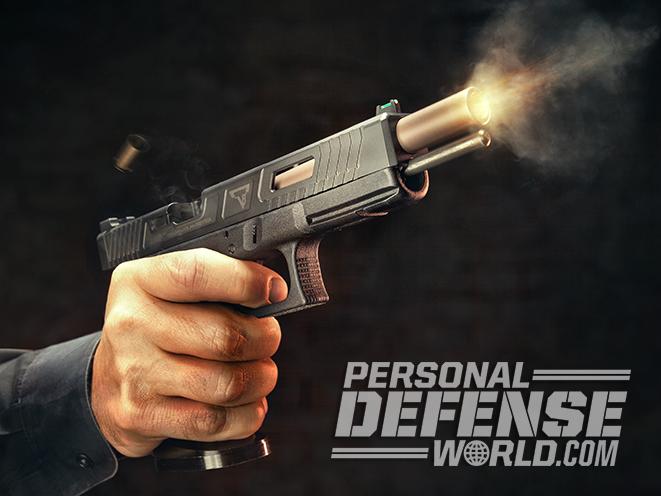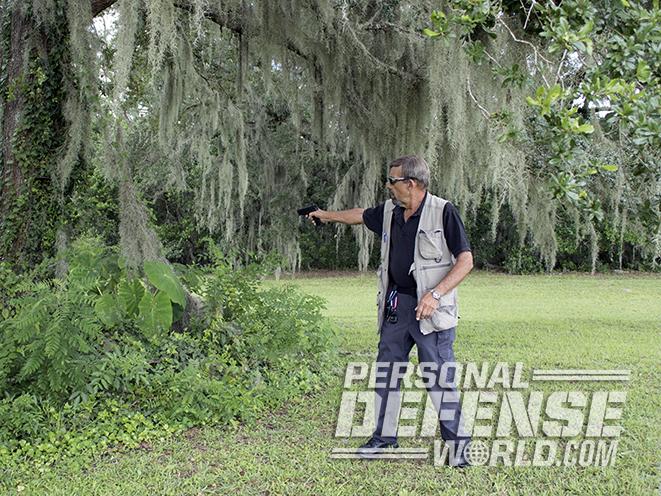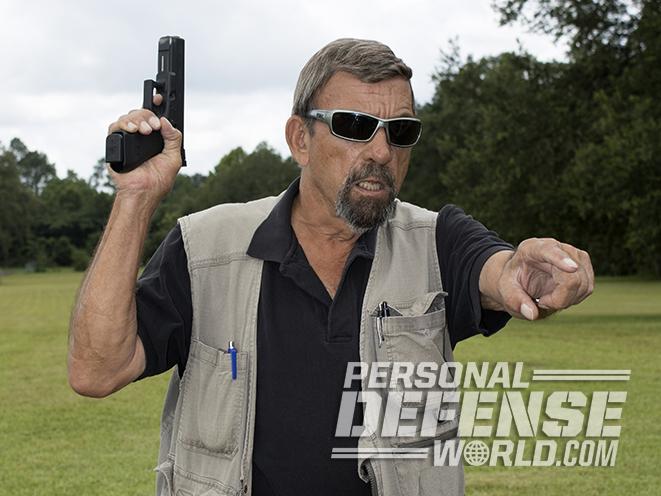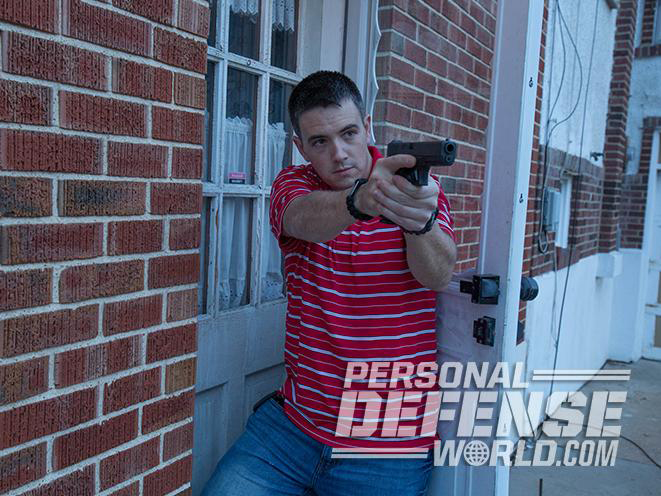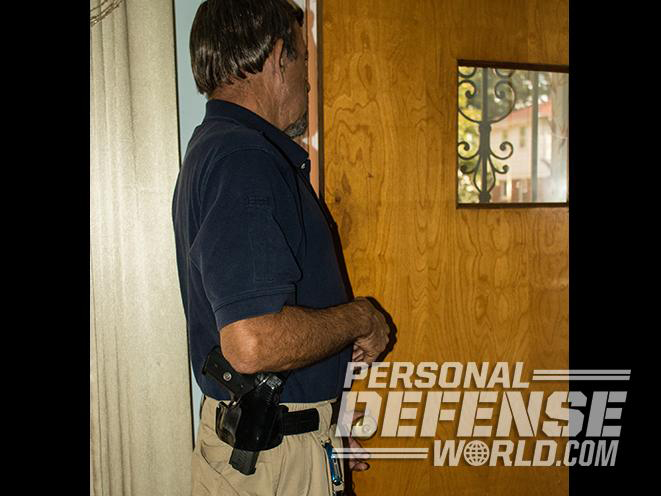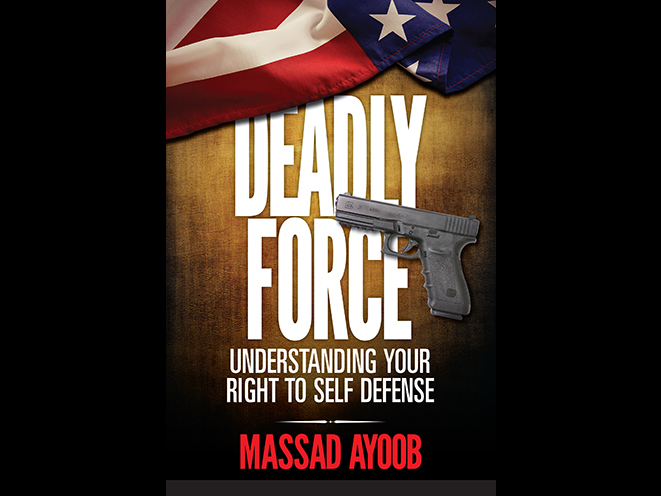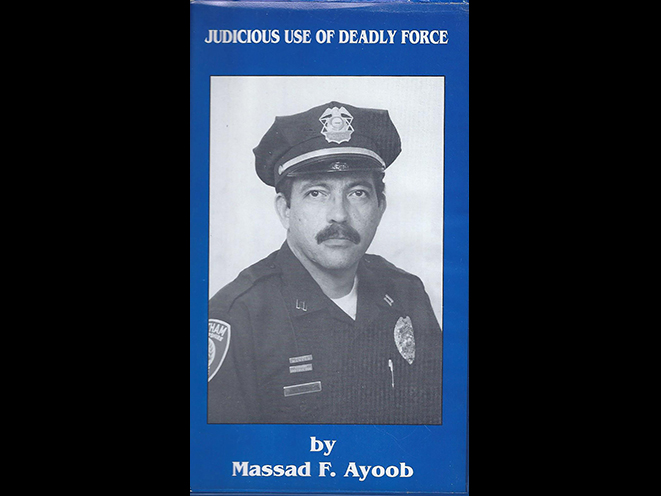In the first quarter of 2017, the prestigious International Association of Chiefs of Police (IACP) announced a new recommended policy that approved the firing of warning shots in certain situations. One of the caveats was that it would be approved only in a situation that otherwise warranted deadly force.
Right there you have your first problem. Deadly force is only warranted for cops and civilians in a situation of immediate, otherwise unavoidable danger of death or great bodily harm to oneself or other innocent persons. If the situation is that deadly, logic tells us that it’s time to actively neutralize the threat, not to make loud noises in hopes of scaring it away.
The NYPD was among the first law enforcement agencies to advise the IACP that they would not change their policy of banning warning shots. There are many reasons why warning shots have proven to be a bad idea for police officers and armed citizens alike. Let’s look at some of them.
Advertisement — Continue Reading Below
The Bullet’s Path
I recently discussed this topic on NPR’s “All Things Considered.” Let me recap what my concerns are here, where I have space enough to include some actual cases that tend to militate against warning shots. The only one I brought up that got mentioned by NPR was what I’ll call Case One: In a northeastern city, a warning shot struck and killed an innocent person who was standing on the porch of an upper floor of an apartment building.
In the typical paradigm, the warning shot is fired upward into the air. But, as we all know, what goes up must come down. There are numerous cases of firing into the air in celebration on holidays like the Fourth of July or New Year’s Eve resulting in tragedy. When I took the Medico-Legal Death Investigation course in Miami under the late great medical examiner Joe Davis, he briefed us on Case Two: In that city, a supposedly harmless shot fired into the air came down, pierced the crown of a distant citizen’s skull and left him dead with a bullet in his brain.
- RELATED STORY: Massad Ayoob – Busting Some Myths about Home Defense
To safely fire a warning shot, the bullet must go into something that can safely absorb it. This will require taking one’s eyes off a suspect so lethally dangerous that, in the IACP’s own policy, deadly force against him is legally warranted. Does this make much sense?
Advertisement — Continue Reading Below
Even if the shooter is able to do so, the strategy can fail due to circumstances beyond the shooter’s control. I know a police officer in New England who was called out one winter night to deal with a riot involving college students who had turned destructive. He fired what he intended to be a warning shot from the upper floor walkway of a hotel that was a locus of the disturbance. He was careful to aim his shotgun straight down at what appeared to be a patch of black dirt amid the snow. It turned into Case Three when he pressed the trigger, only to discover that black spot was actually hard pavement under “black ice.” The 00 buckshot caromed off it wildly, with one pellet striking a young woman in the eye.
If there is no backstop, the shot can strike things the shooter can’t see. Hence Col. Jeff Cooper’s famous fourth rule of gun safety: “Be certain of your target and what is behind it.” In Case Four, a police officer tried to shoot a venomous snake out of a tree. The bullet missed the snake and traveled beyond his field of view, striking a child he could not see that was in the line of the bullet’s descending trajectory.
False Impressions
As a rule of thumb, there will be more “earwitnesses” who hear the shooting than there will be eyewitnesses who see the shooting. This can create false impressions. Let’s say you shouted, “Stop or I’ll shoot!” and then fired the warning shot. It will sound to the witnesses as if you told the person (who will be characterized as your “intended victim”) that you were going to kill him, and then attempted to do exactly that. This is a false perception of your actions and intent, but an understandable one that may resonate against you when presented to a jury.
Advertisement — Continue Reading Below
- RELATED STORY: Massad Ayoob – Deadly Force From A Position of Disadvantage
Case Five occurred many years ago in the Great Lakes region. Two police officers responded to a burglar alarm at a greenhouse. They approached the building from opposite directions. The officer on one side found a genuine burglary suspect, and when the man ran from him, fired a warning shot. However, his .357 Magnum service revolver wasn’t too far from his unprotected ears when he launched that bullet.
On the other side of the greenhouse, the brother officer heard the shot and cried out, “Are you all right?!” or words to that effect. Deafened by his own shot, the first officer didn’t hear that, and of course did not respond. The second officer concluded that the first must have been shot by a perpetrator, and when the fleeing burglar ran into his field of view, he shot and killed him. It was a tragedy all the way around; burglary is not a capital offense.
Warning Shots vs. Chaser Shots
Warning shots are meant to say, “Stop doing what you’re doing or I may have to kill you.” A variation of that is what I’ve come to call the “chaser shot.” This occurs when a shot is fired to send messages like “And don’t come back!” or “Let that be a lesson to you!” or “Leave me alone!”
Advertisement — Continue Reading Below
Just a couple of my own cases where I’ve been a consulting expert give us warnings of why we shouldn’t do that. In Case Six, a physician in New Hampshire confronted a burglar who came at him as if to disarm him, and the doctor fired one shot. The man instantly turned and ran. The doctor then fired a “chaser shot” to make sure he kept going. Unfortunately, he was “point shooting” for the second shot, thinking he was aiming at the dirt of the backyard, but the bullet from his .22 struck the fleeing burglar in the leg.
The first bullet had struck the liver, and the burglar’s escape on foot ended when he ran out of blood, collapsed and died. The prosecutor’s office determined that since the first mortal wound was inflicted when he was lunging at the doctor, it was justifiable, but there was no legal ground for putting a bullet in his leg as he fled. He was charged with felony aggravated assault for the chaser shot. The case ended well with a satisfactory plea bargain, but it was the most horrible thing that good man ever went through.
In Case Seven in Florida, a young man was surrounded and attacked by a group of angry antagonists as he attempted to flee the scene of a fight that was not his fault. One antagonist punched through the glass of the driver’s window of the car, and the young man shot him in the chest, fatally, with a .38 Special revolver. Finally able to start his truck and put it in reverse to escape the danger scene, he realized the other assailants were pursuing on foot, so he fired a warning shot safely over their heads, which lodged harmlessly in the eave of a roof. Our defense team won him an acquittal on manslaughter and all lesser included offenses for the fatal shooting itself, but he was convicted of firing a gun from a moving vehicle under a statute originally aimed at drive-by shootings, a felony for which he ended up serving hard time.
Advertisement — Continue Reading Below
The bottom line? For police policy, it’s between the IACP and serving cops, but for common sense, the conventional wisdom of “Don’t fire warning shots!” still applies.
This article was originally published in “Combat Handguns” November/December 2017. To order a copy and subscribe, visit outdoorgroupstore.com.
